The Asian Fintech Explosion – Banking on the Unbanked?
- DATE : July 21, 2021
The Asian Fintech Explosion – Banking on the Unbanked?
- DATE : July 21, 2021
In the last blog post, Alan Shields focused on digital banking and payments adoption in WEIRD economies (Western, Educated, Industrial, Rich and Democratic) and the threat to traditional models from new digital-only players. In this blog, I want to turn my attention to Asia and look at what the data is telling us about digital adoption in this region and the role of unbanked consumers.
At a macro level, there are noticeable statistics for the region. Not in the least, is the Cambrian explosion of fintech and digital-only providers in the financial services space. According to a recent BCG study, the number of fintechs in Asia-PAC grew by 67% in 2020 and had already grown by a further 29% by February 2021 to more than 6,000.
Payments and e-commerce providing a fillip
Initially, this growth would have been spurred by the rapid adoption of non-traditional brands in the payments and financial services space. We are all now remarkably familiar with Alipay and WeChat Pay and their emergence out of social media and ecommerce platforms, which broke the connection between traditional banking players and consumer payments, paving the way for other fintech brands to arrive and expand.
RFi’s data shows that fintech adoption and usage is much higher in many of the Asian markets relative to other markets, with China and India leading the way among banked consumers.
RFi’s data shows that fintech adoption and usage is much higher in many of the Asian markets relative to other markets, with China and India leading the way among banked consumers. Indeed, fintech usage in China and India now accounts for over 90% of the urban banked population and this is growing rapidly in Hong Kong and Singapore.

Source: RFi Group
Ecommerce has proven to be a beneficial acquisition channel for payments companies in markets where more traditional payment mechanisms are less mature and there is greenfield opportunity, in many cases due to a large unbanked population.
Indeed, according to payments technology company PPPRO, e-commerce in China in 2020 accounted for 24% of all retail sales. When you consider RFi’s data and observe that fewer than half of the urban, banked Chinese population use a card-based payment regularly, you start to see where these non-traditional brands have made inroads.

Source: RFi Group, PPPRO
Progressive licensing enabling access
In more recent years, governments across Asia have turned to licensing and begun to develop and offer digital-only banking licenses. This has been particularly visible in Hong Kong, Malaysia and Singapore, with the latter recently granting banking licenses to four firms across consumer and SME banking. Among these new licensees are:
- A consortium including Grab (the ride-hailing/ food delivery super-app) and Singtel which will offer bank accounts, credit cards and debit cards to consumers
- Ant Group (the owner of the Alipay platform) which will offer wholesale banking products to SMEs
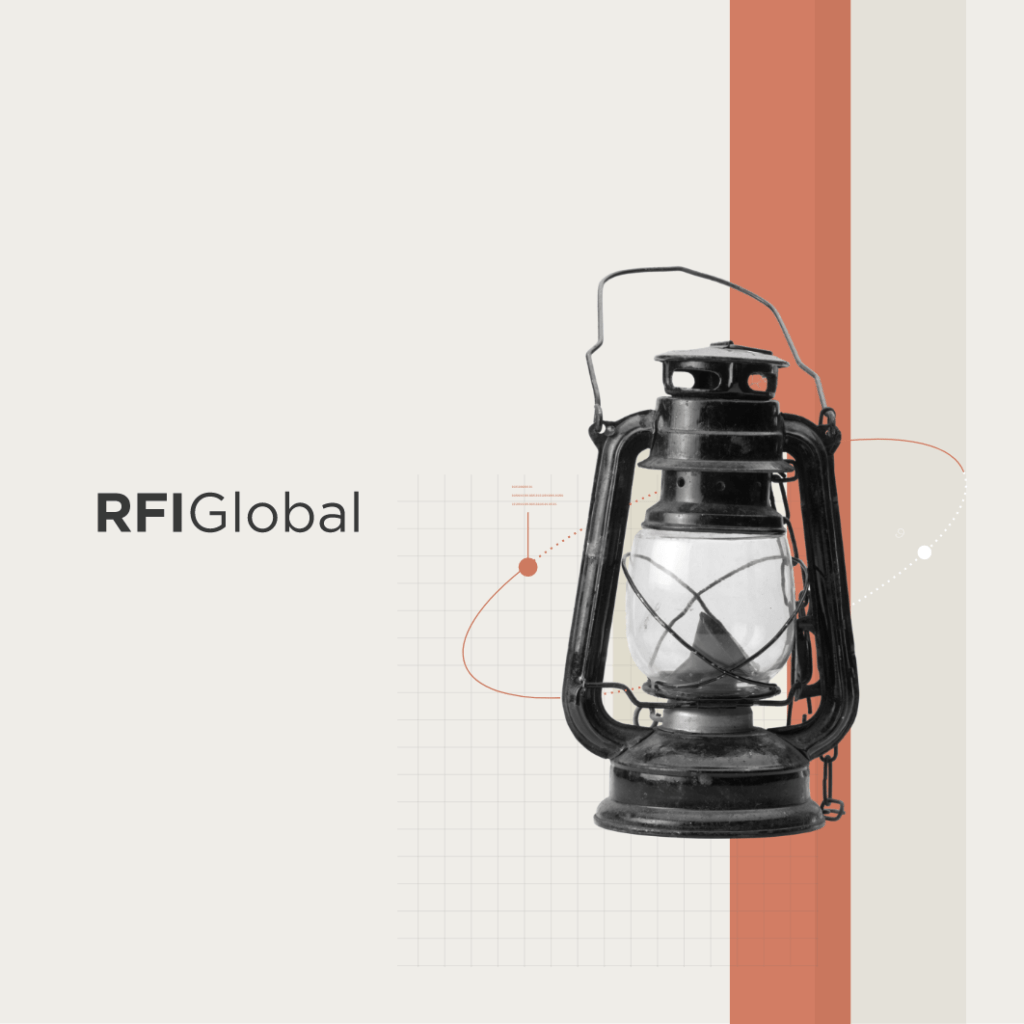
Focus on the unbanked
Outside of Singapore, Grab has also made significant inroads into the Indonesian financial services space and it’s not the only one, with many primed to infiltrate this scene.
Indeed, in December 2020, the PayPal and Facebook-backed super app Gojek’s payments and financial services arm, GoPay, bought a stake in PT Bank Jago, in a move that is indicative of its ambition to enable users to open bank accounts with Jago and then manage their finances through the app.
Indonesia is home to the world’s fourth-largest unbanked population, with estimates of between half and two-thirds of the population lacking access to banking. In a population of 173 million adults, that is more than 100 million consumers that need access to financial services.
Other markets with large unbanked populations in Asia include China, India, the Philippines and Vietnam, these are all high on the list of priorities for established and emerging fintechs.
Trust built on a foundation of payments
It’s not just the unbanked that are receptive to fintechs in Asia. In the past, we’ve repeatedly outlined the position of trust held by banks across the globe as having a significant advantage, that has proven to impede the ‘main bank’ position for new brands entering a market.
However, when we look at the markets in Asia in isolation, we find that there is significant comfort and trust placed in fintechs, digital-only providers and even supermarkets and telcos in the financial services space. Once again, India and China stand out from the crowd and it is no coincidence that these are also the markets where we have seen the greatest uptake in non-bank payments platforms – Alipay, WeChat Pay and Paytm, to name a few.

Source: RFi Group
When we question consumers across the globe about the specific products and services, they feel comfortable using from a new or unfamiliar brand, payments are always the area where there is the greatest comfort.
This comfort leads to curiosity, where if the opportunity is present, it turns into usage. Usage (provided it is a great experience) further builds comfort and before you know it, you have a mainstream, trusted brand that is a significant force in the payments and financial services sector more broadly.

Source: RFi Group
The chart above illustrates this outcome perfectly. So, whether it’s targeting banked customers through payments and ecommerce, or the unbanked through financial inclusion, the Asian fintech market is set for extraordinary growth in the next few years and I can’t wait to see it evolve. For further insights you can watch me delve into te trends driving the Asian fintech explosion here.
This article was originally shared on In-depth Insights with Al
Current
Loud Budgeting and the Big Switch
21 Feb 2024 \ Budgeting
Avoiding the ‘Intergenerational Tragedy’
28 Nov 2023
The Rise of Mobile Wallets in Canada
14 Sep 2023 \ Payments
SME’s, Stress and Scrutiny of costs
29 Jun 2023 \ Sentiment \ SME
BNPL – Regulation and Legacy
31 May 2023 \ BNPL \ Regulation
March Trends Newsletter, The MacroMonitor
14 Mar 2023 \ Women
February Trends Newsletter, The MacroMonitor
15 Feb 2023
2023 – The Year of SoftPOS?
14 Feb 2023 \ SoftPOS
A Year in the Life of BNPL
02 Feb 2023 \ BNPL
January Trends Newsletter, The MacroMonitor
20 Jan 2023
2022 – The year that was
17 Jan 2023 \ banking predictions
Winning with Cross-Sell, Singapore Webinar
01 Nov 2022 \ webinar
Who are the FiTeRRs?
13 Sep 2022 \ inflation \ Mortgages \ Youth Banking
The Canadian Mortgage Market
08 Jun 2022 \ Canada \ Mortgages
The Global State of BNPL | Regional Deep Dive
05 May 2022 \ BNPL
RFI Report | Banking on Digital
30 Oct 2021 \ Global \ mobile banking
The BNPL Juggernaut
24 May 2021 \ BNPL \ In-depth Insights
Driving Sustainability in Finance
25 Apr 2021 \ Sustainability






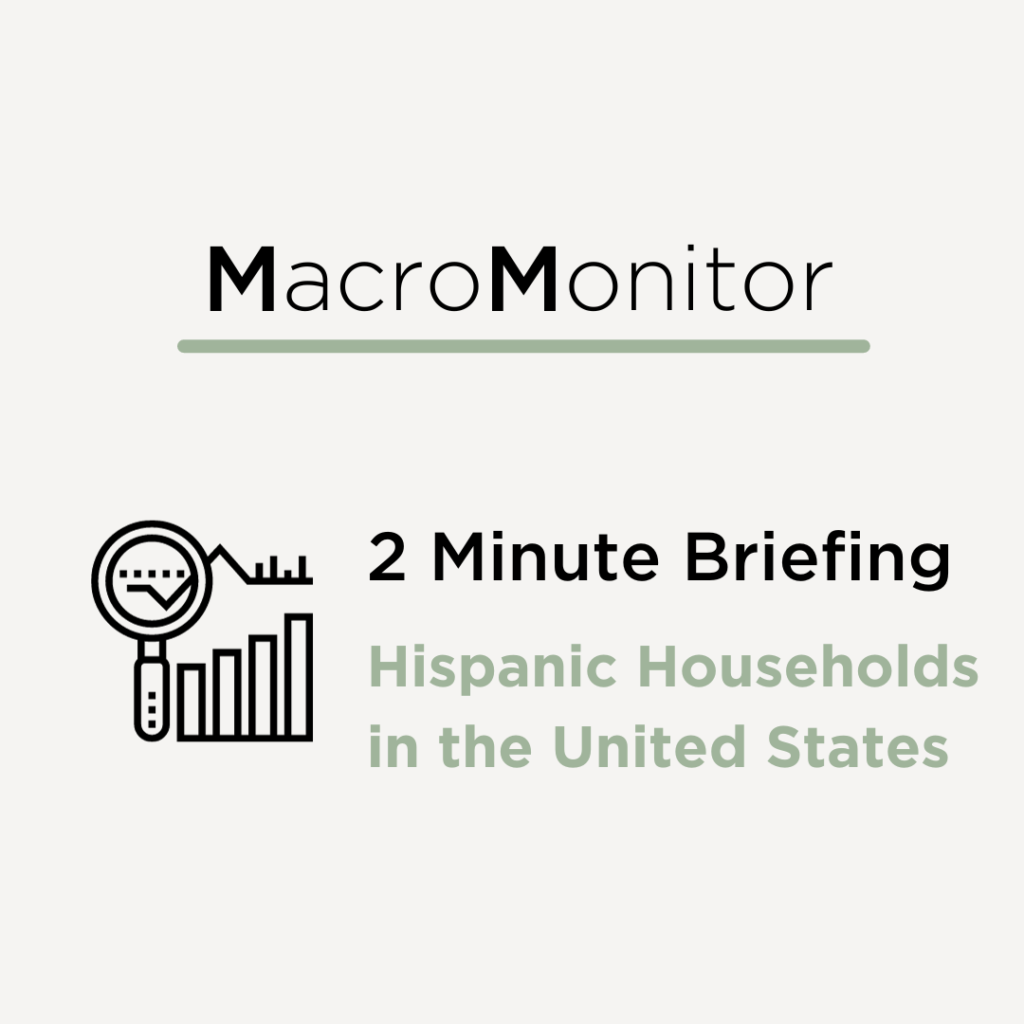
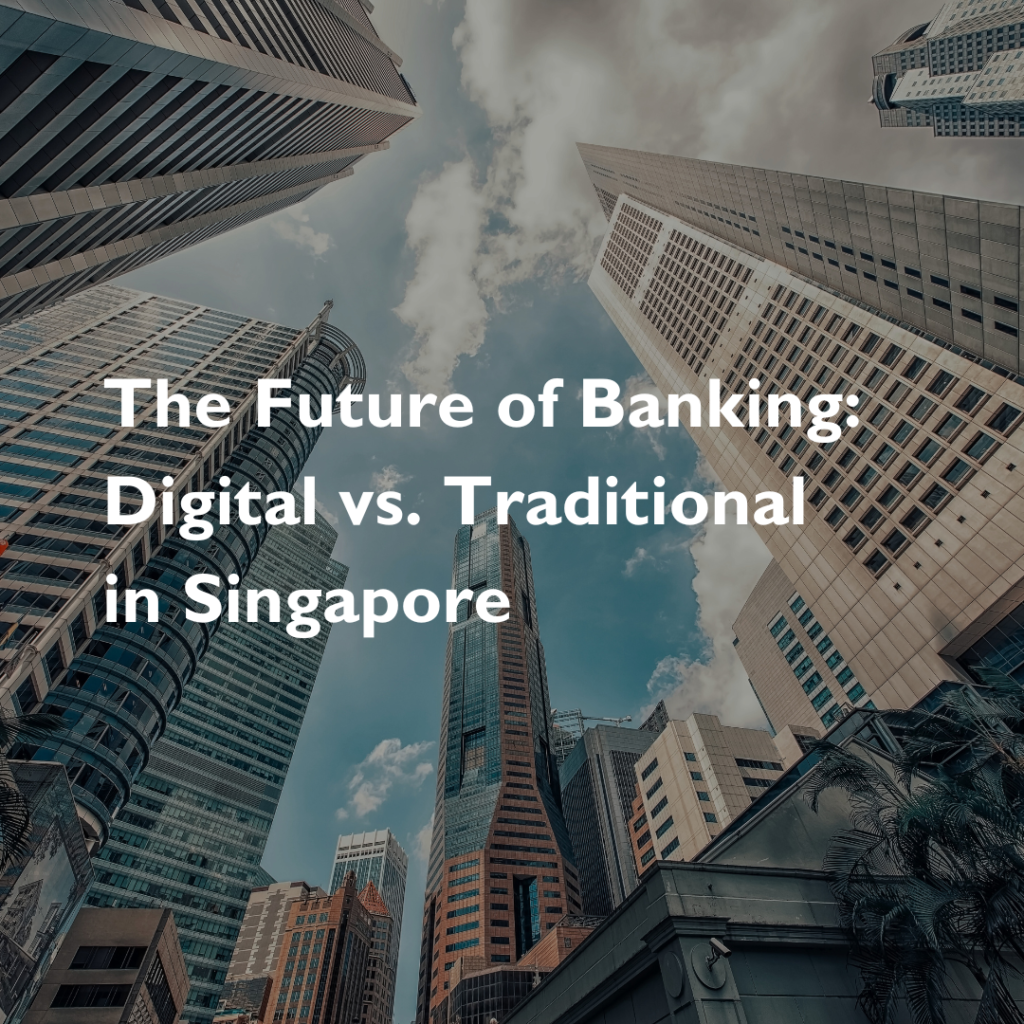

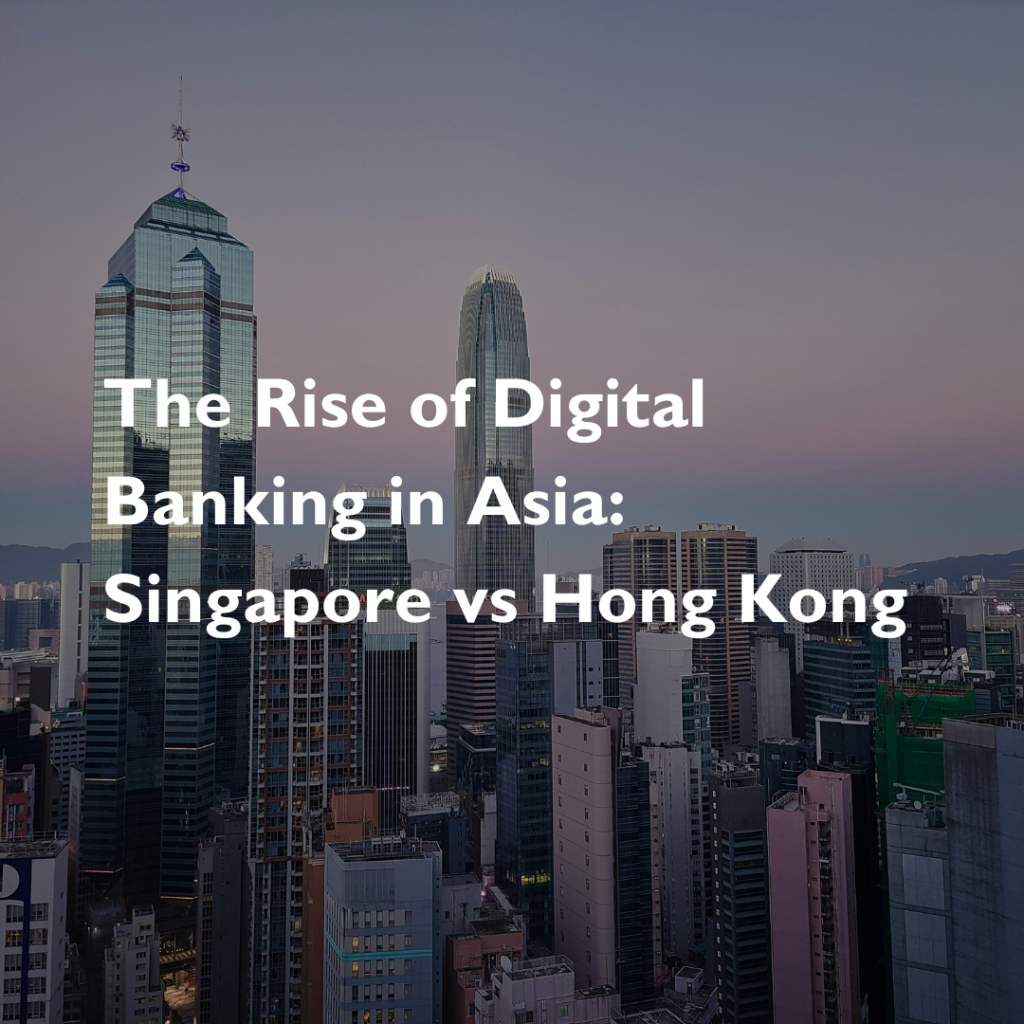
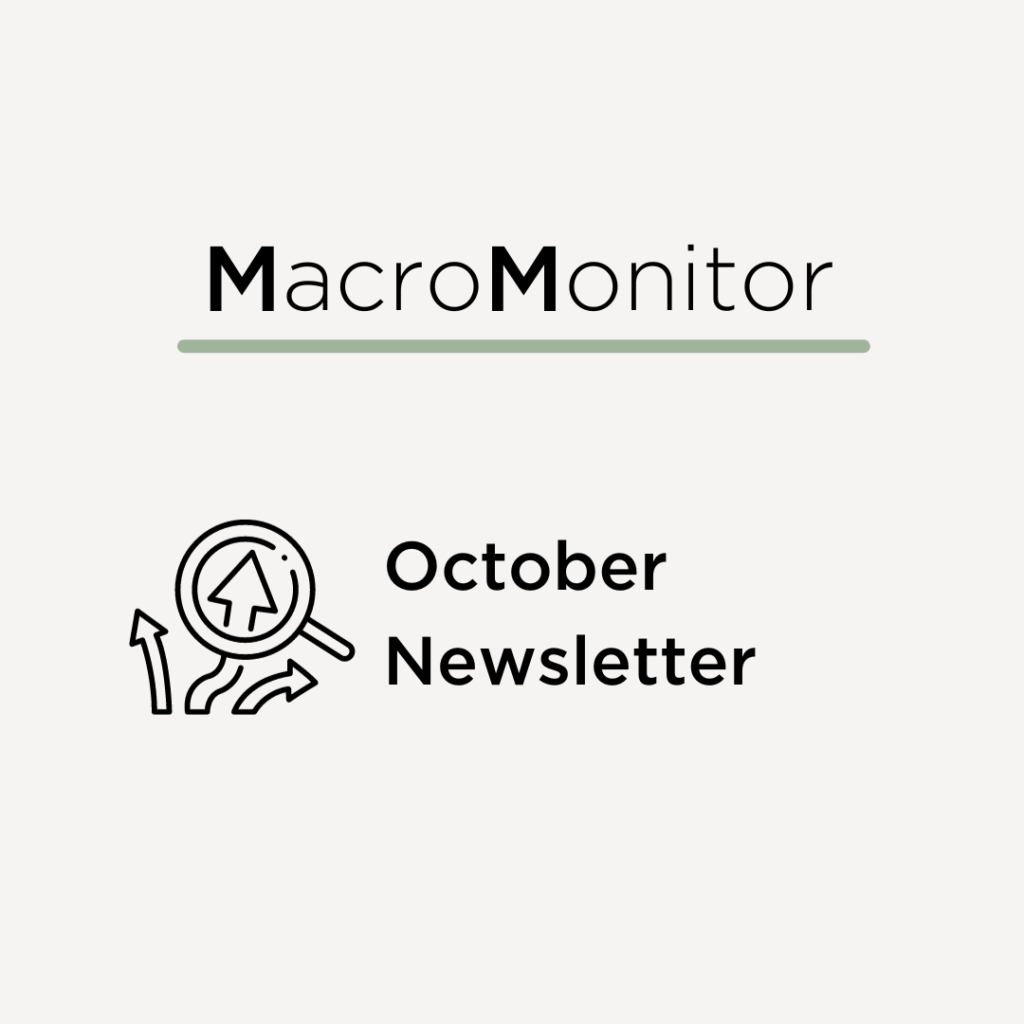

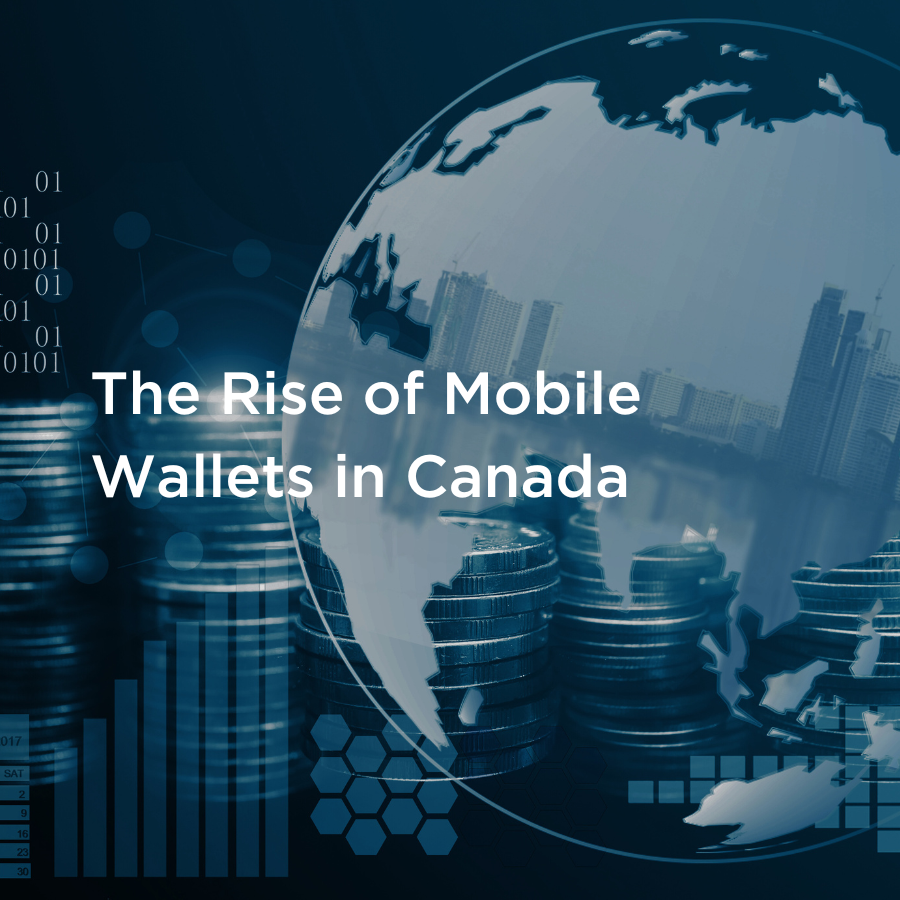


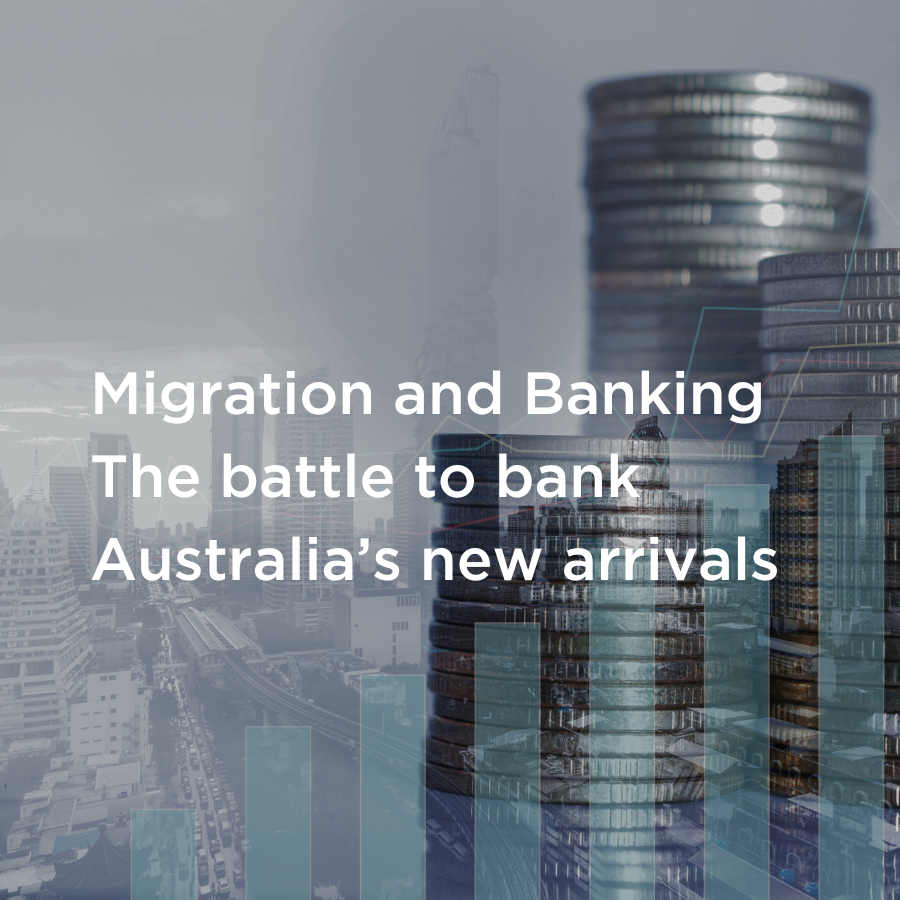
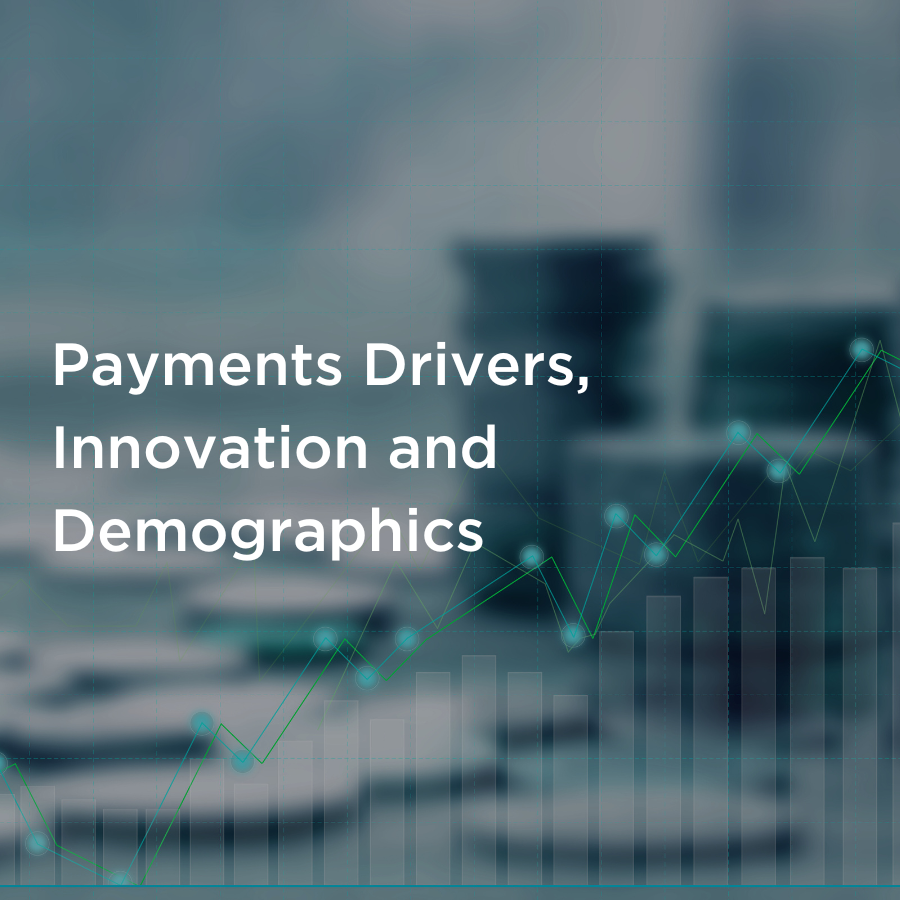



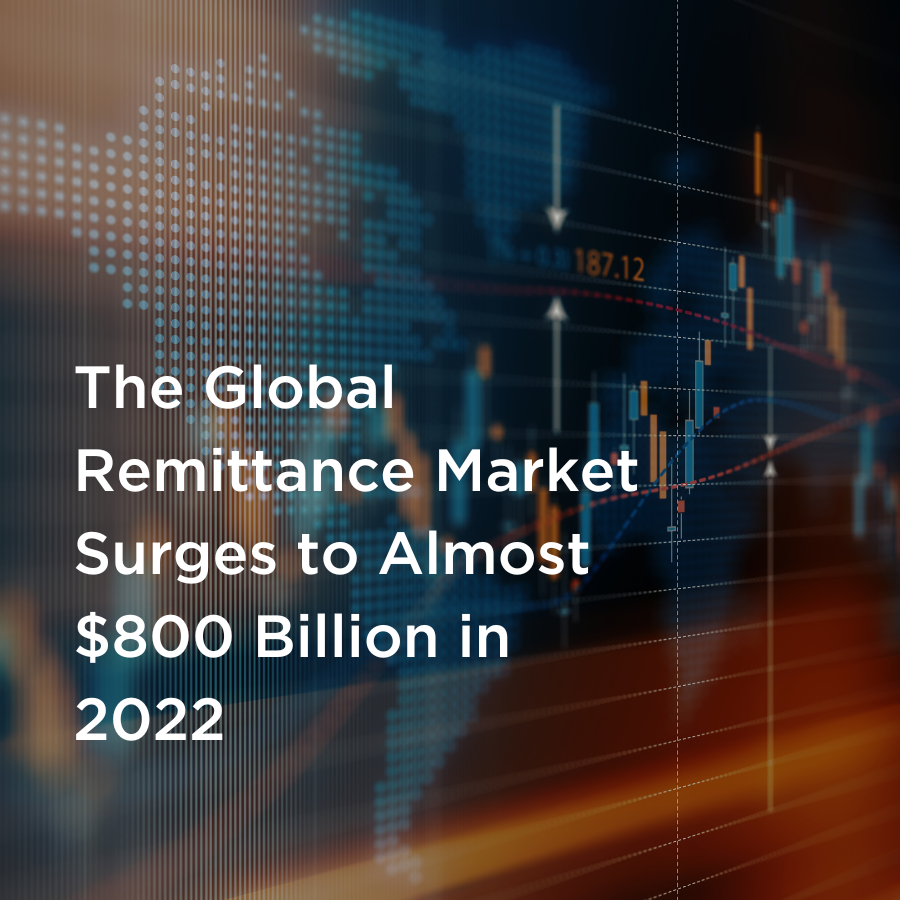
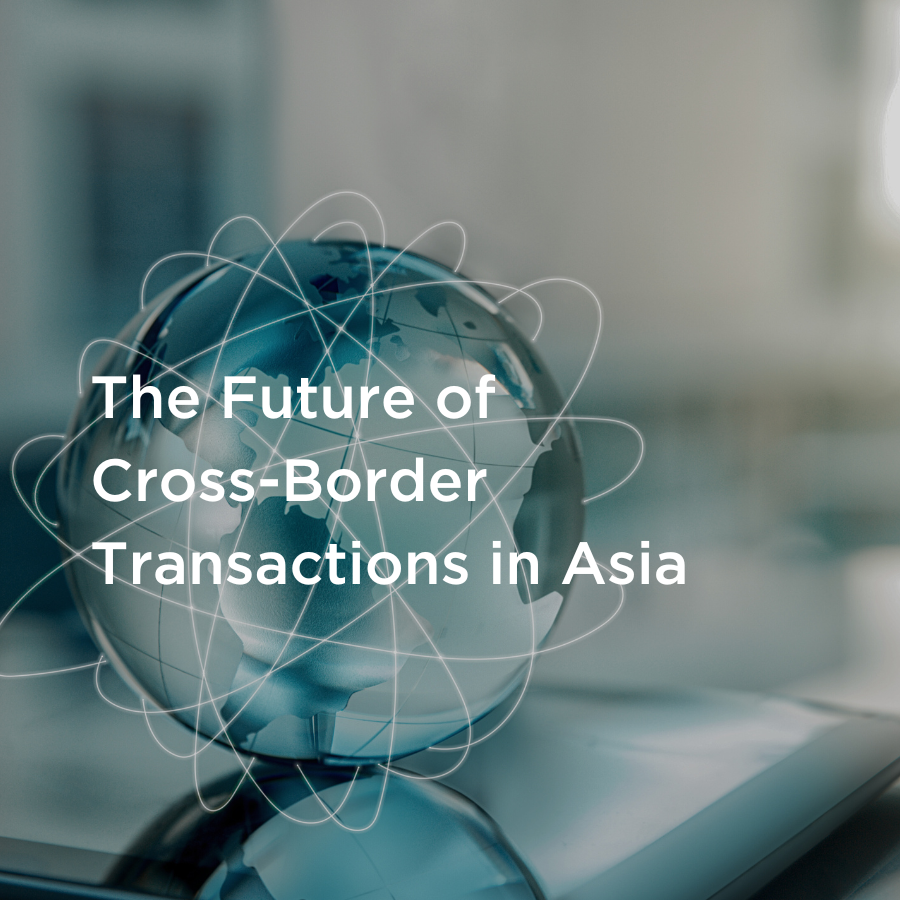



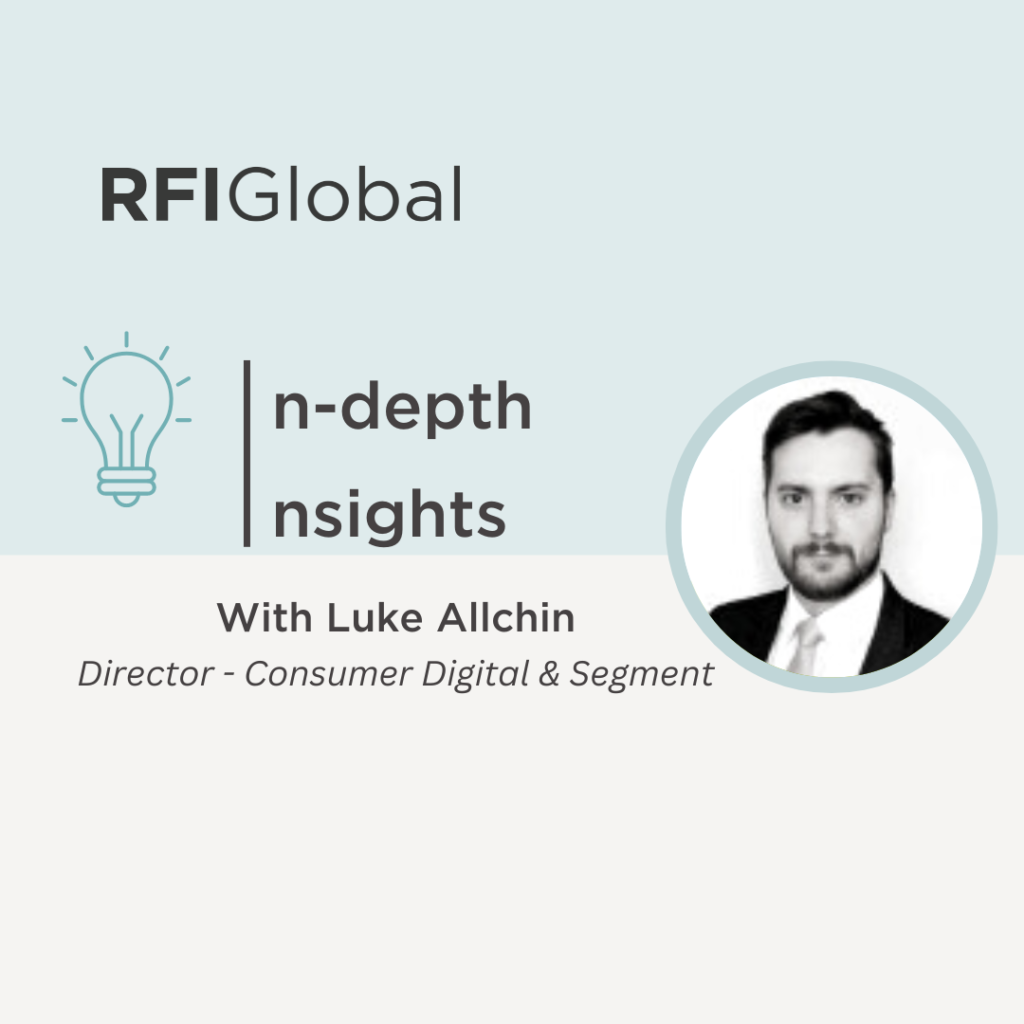
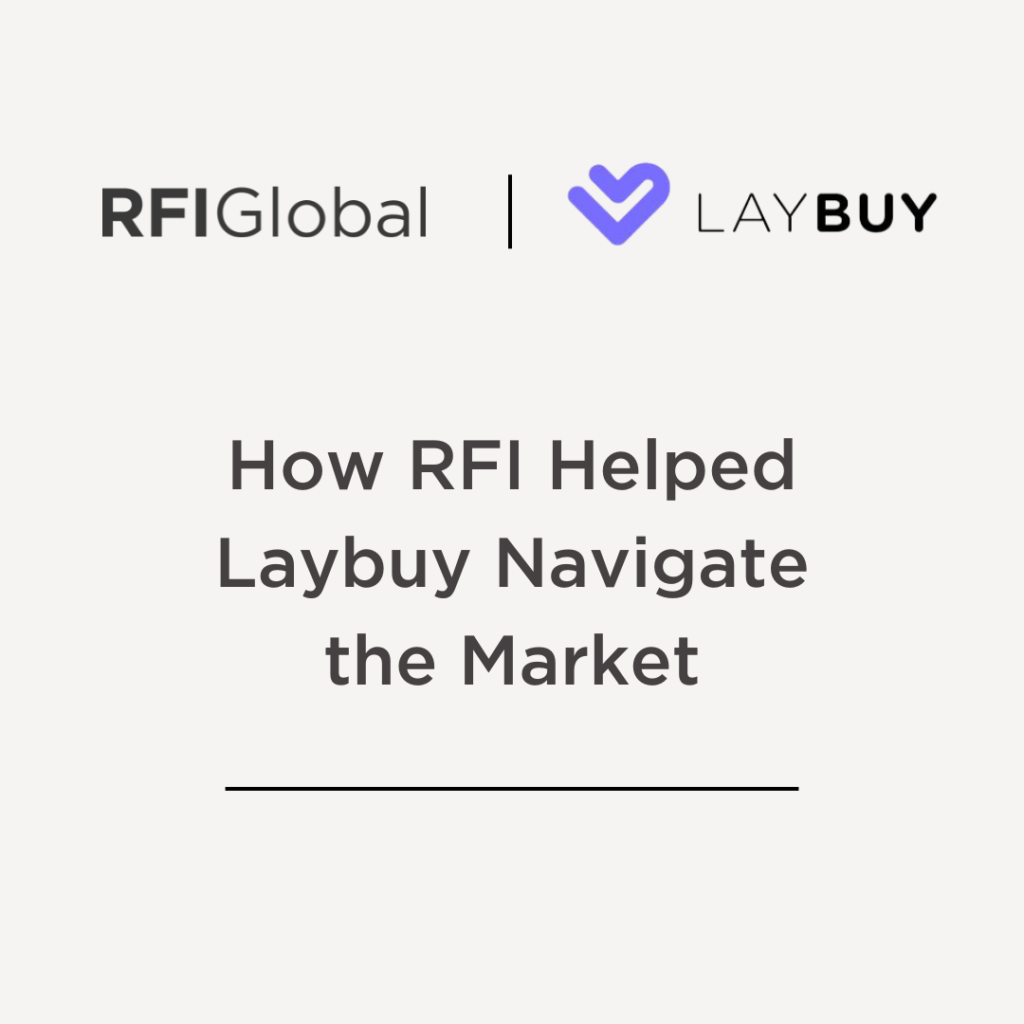
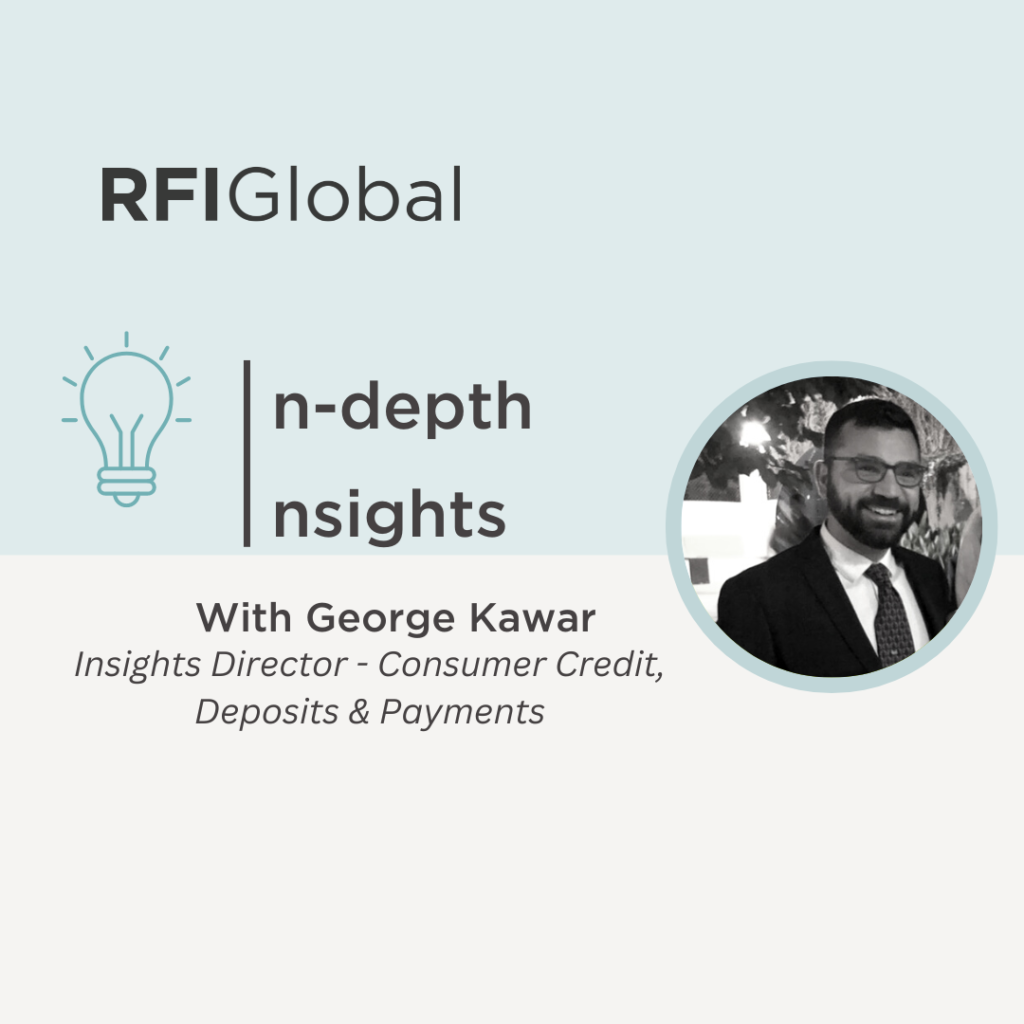

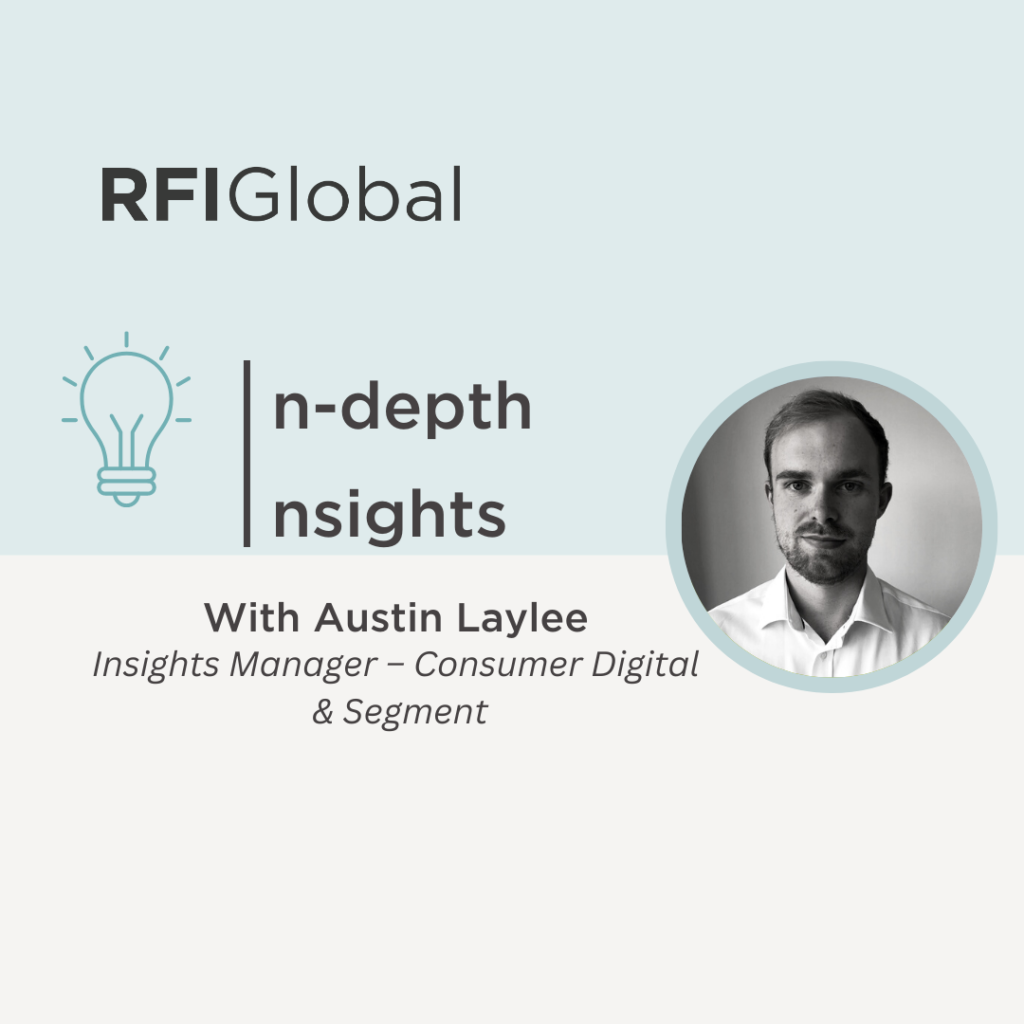
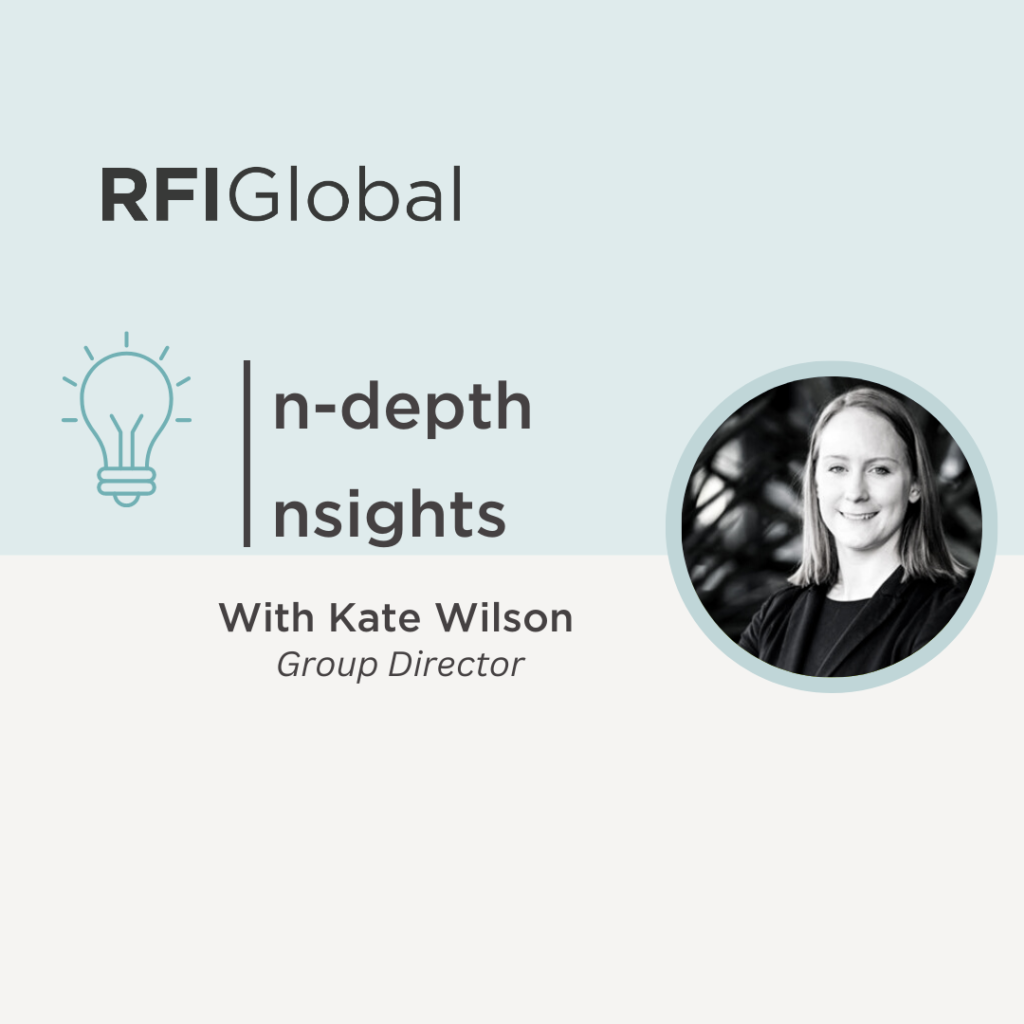

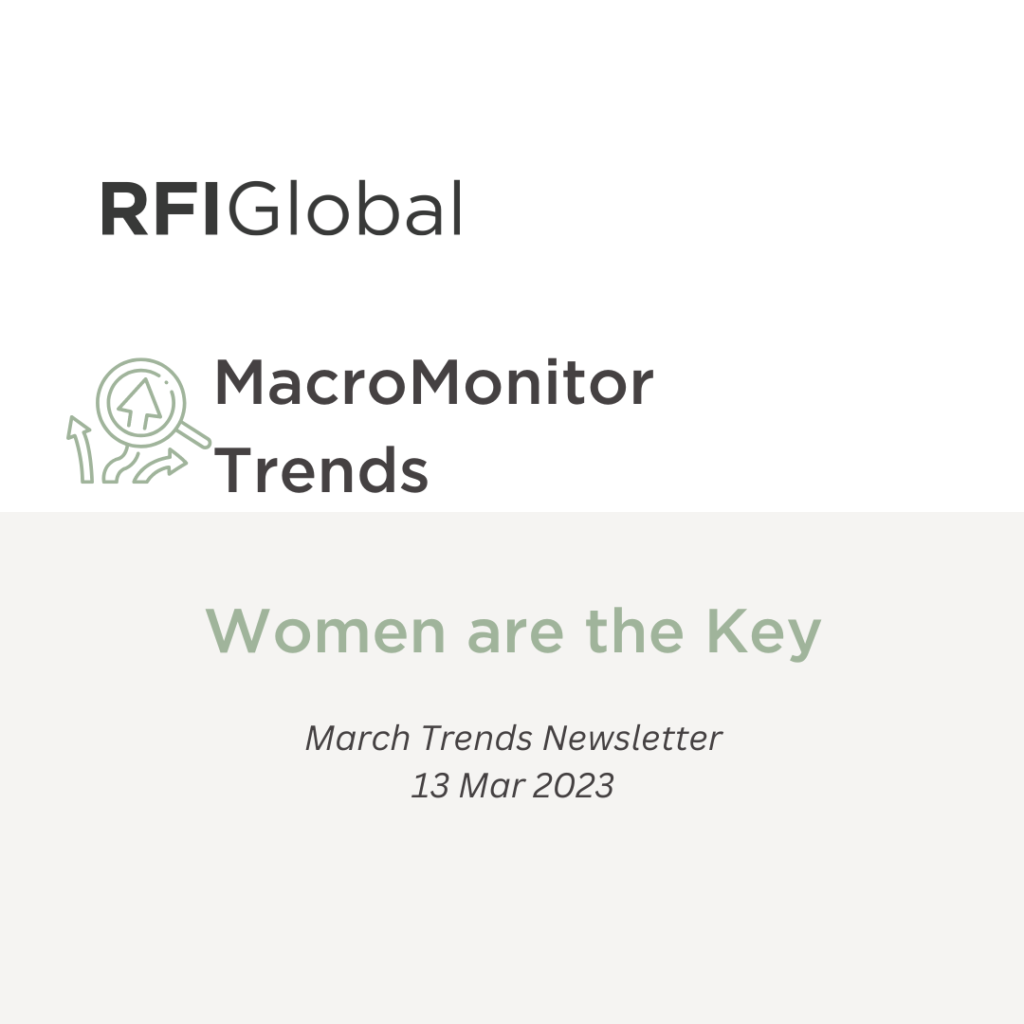

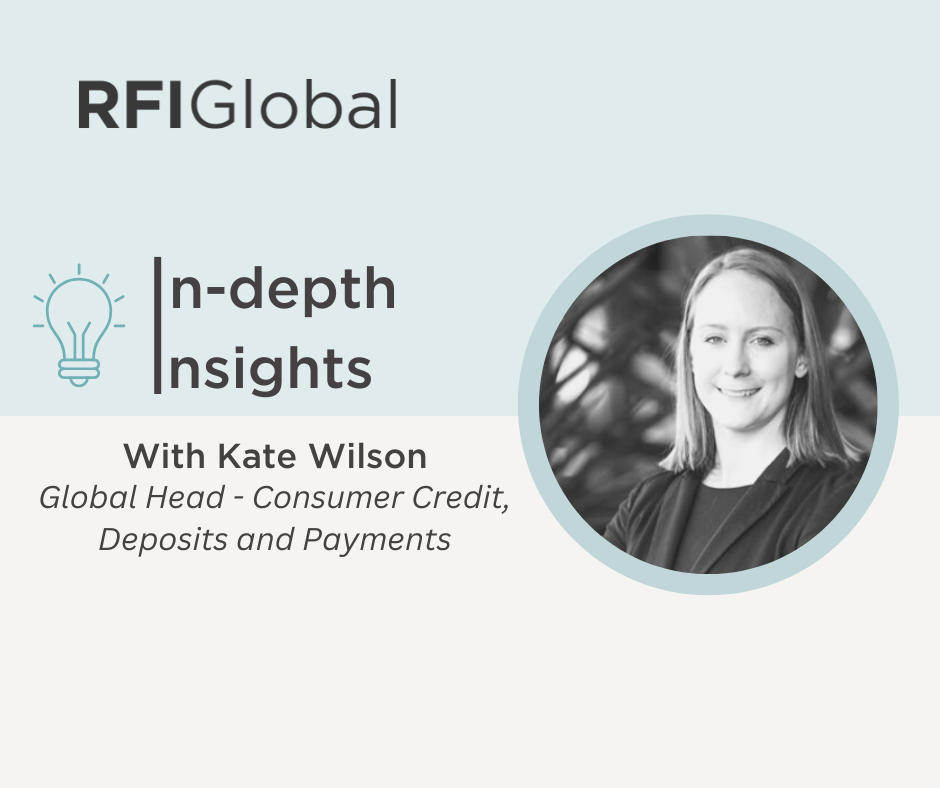
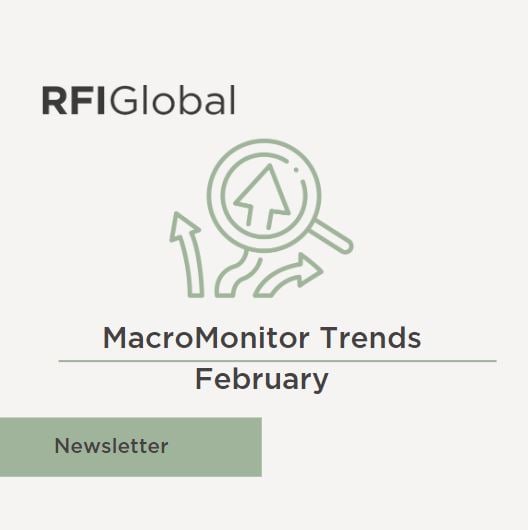


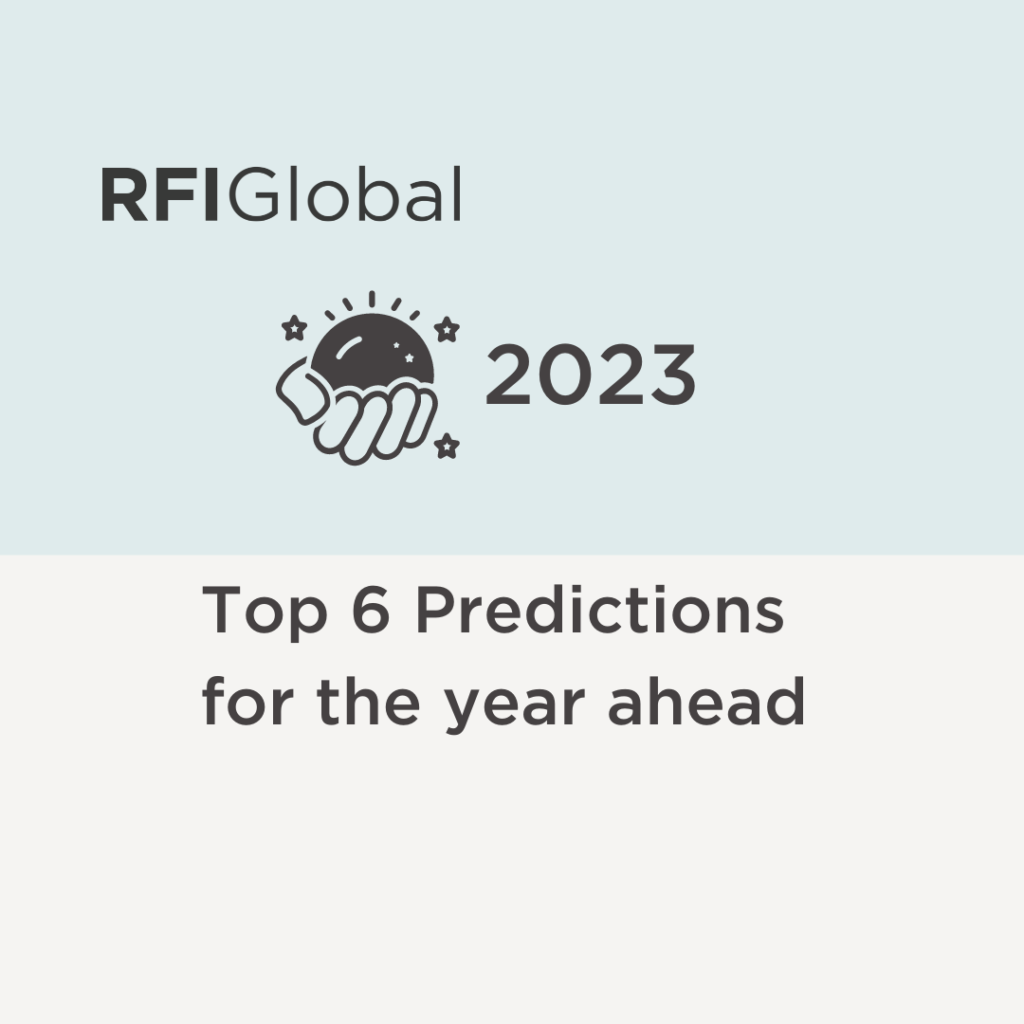
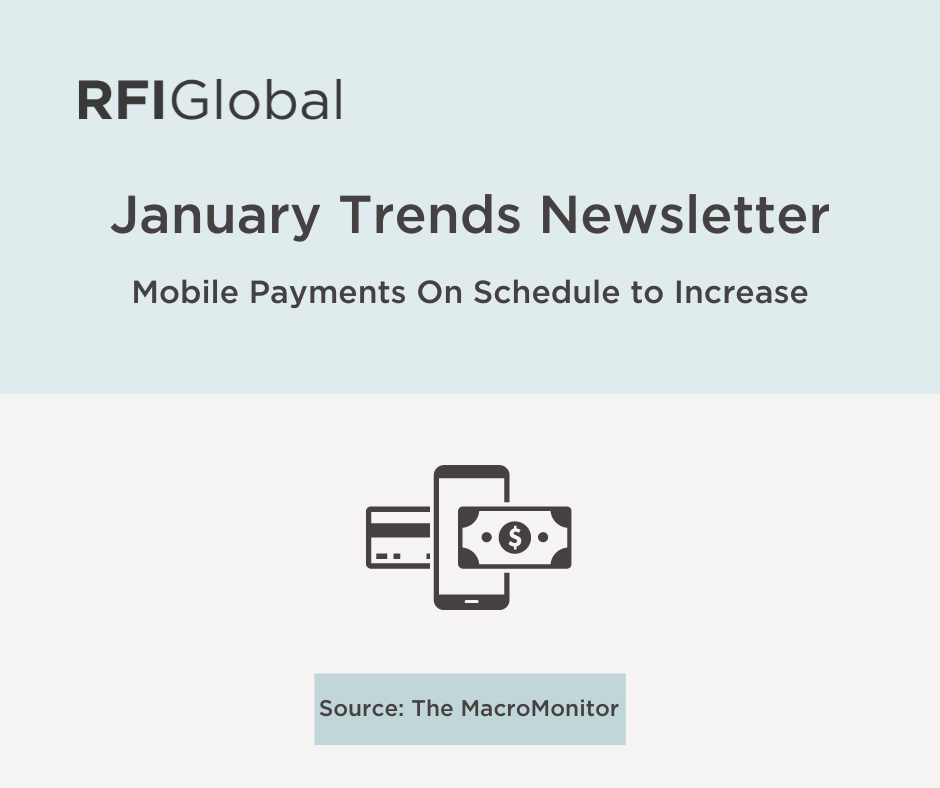
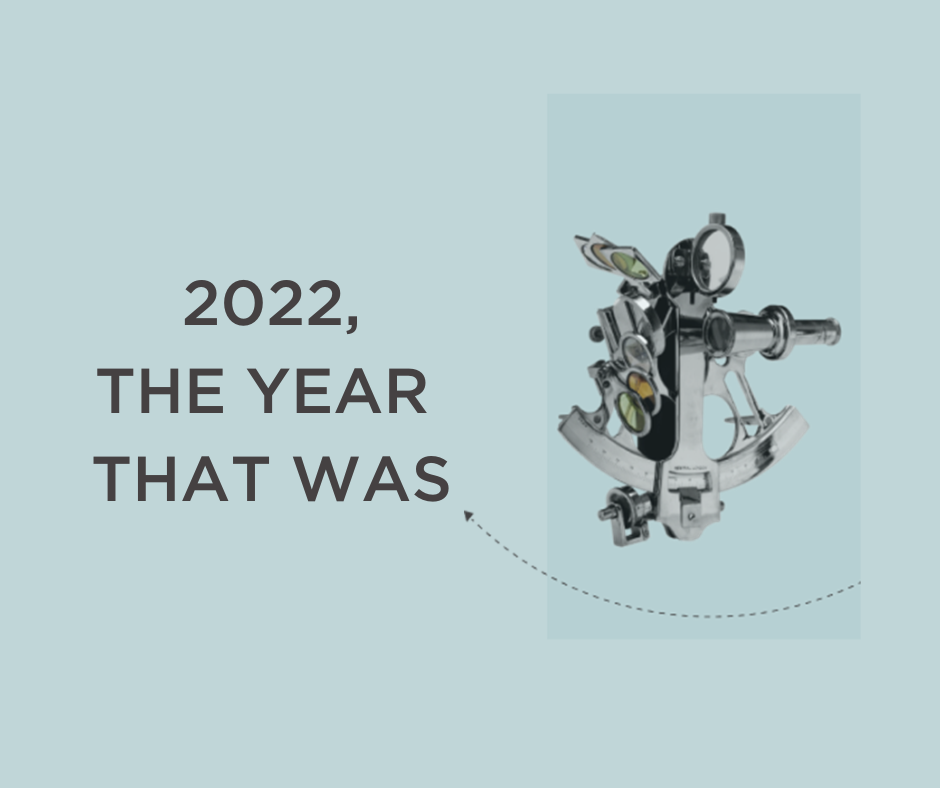


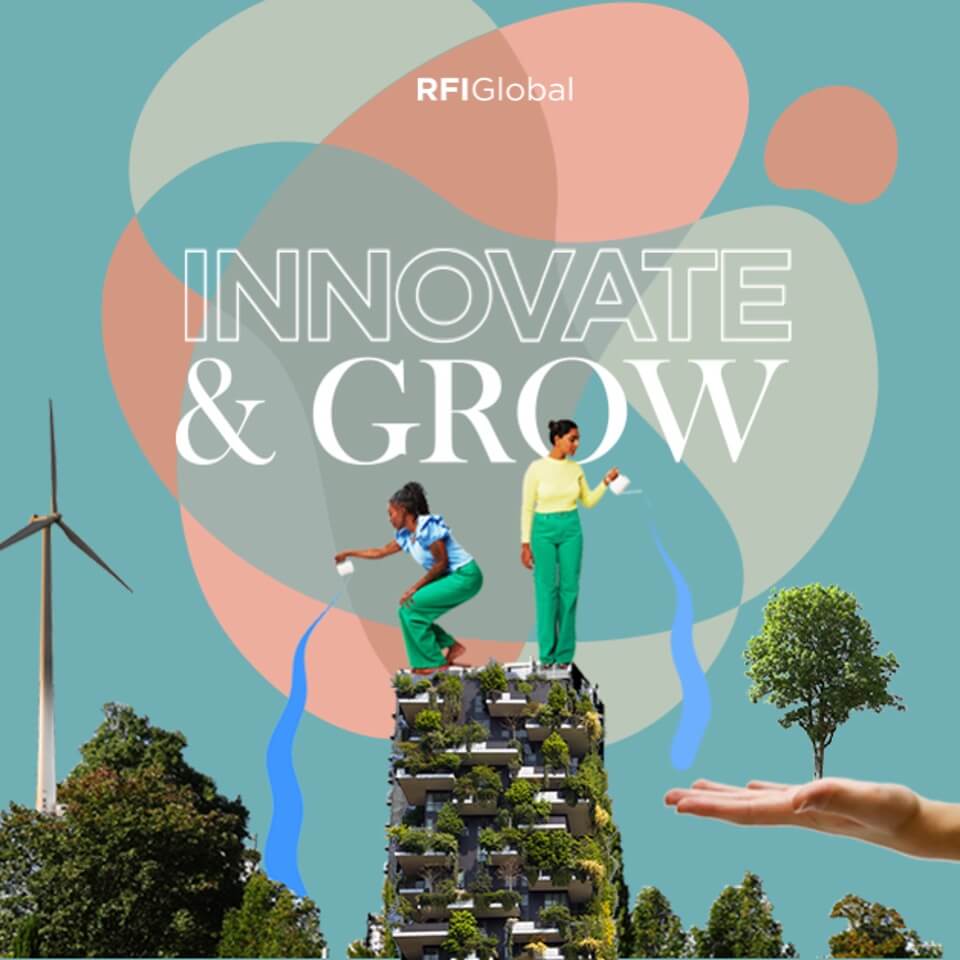











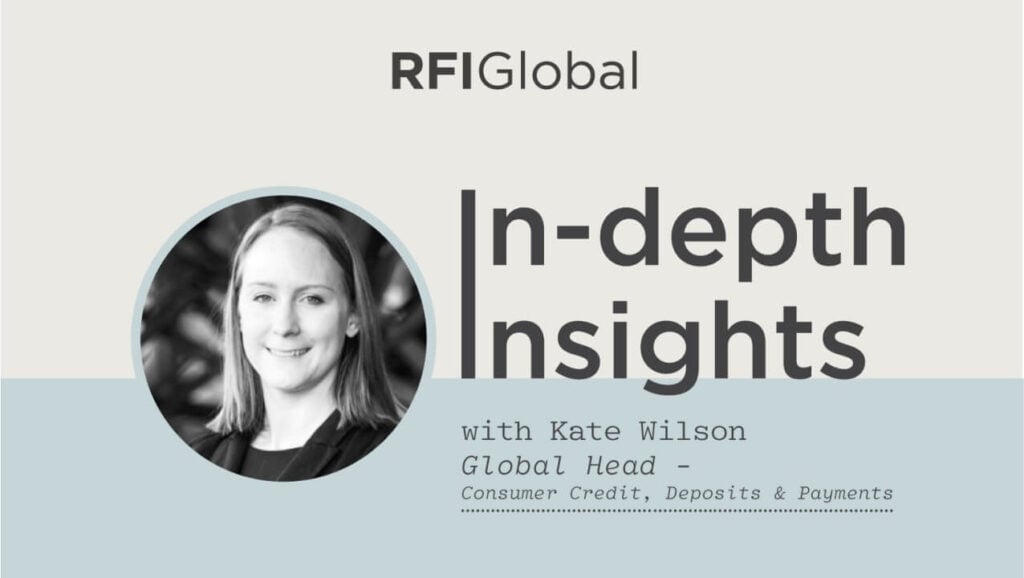










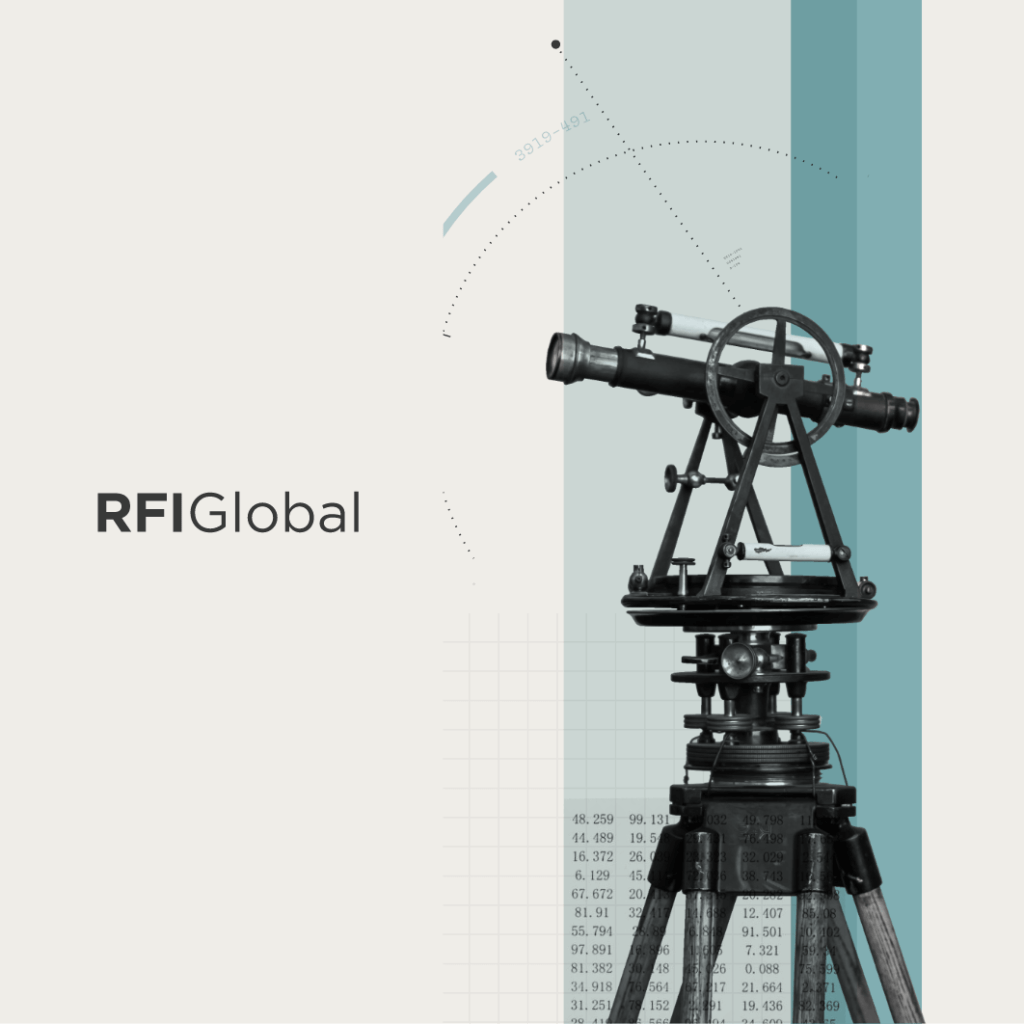


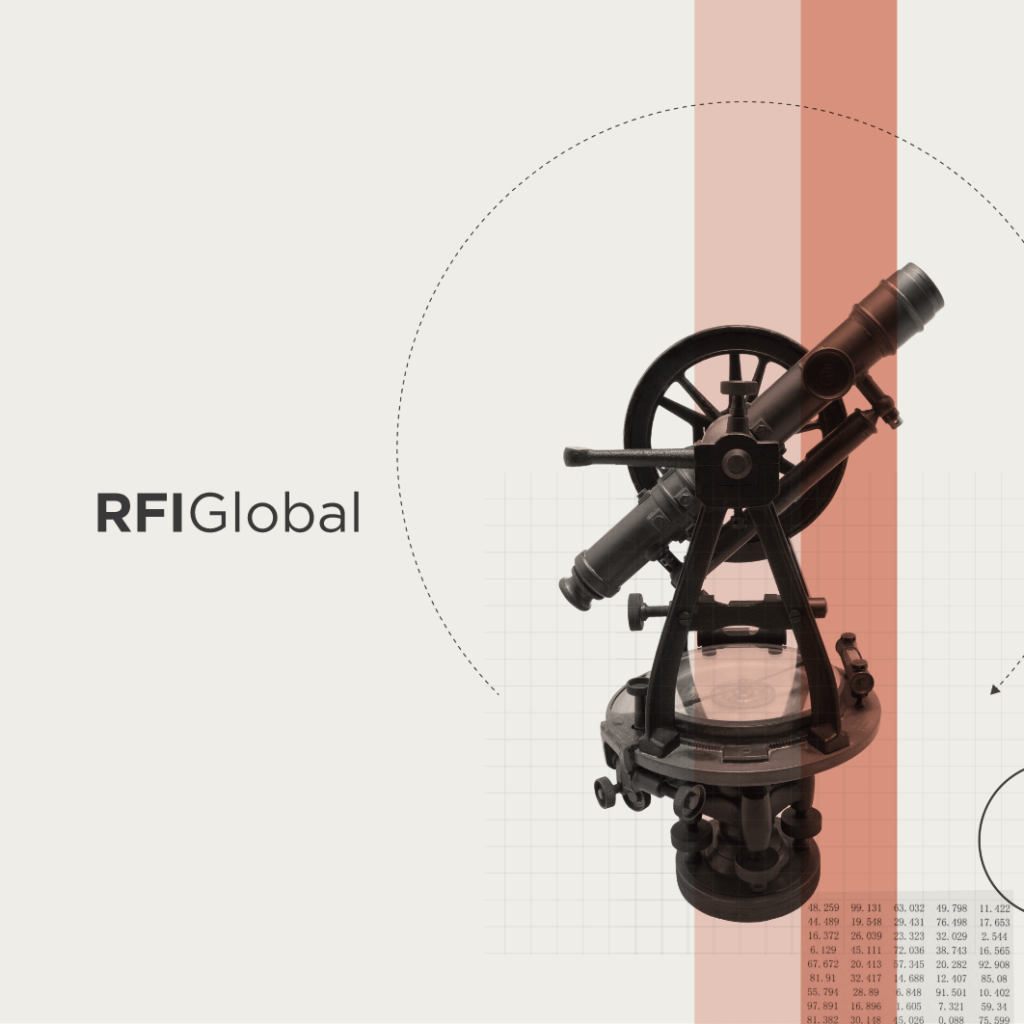
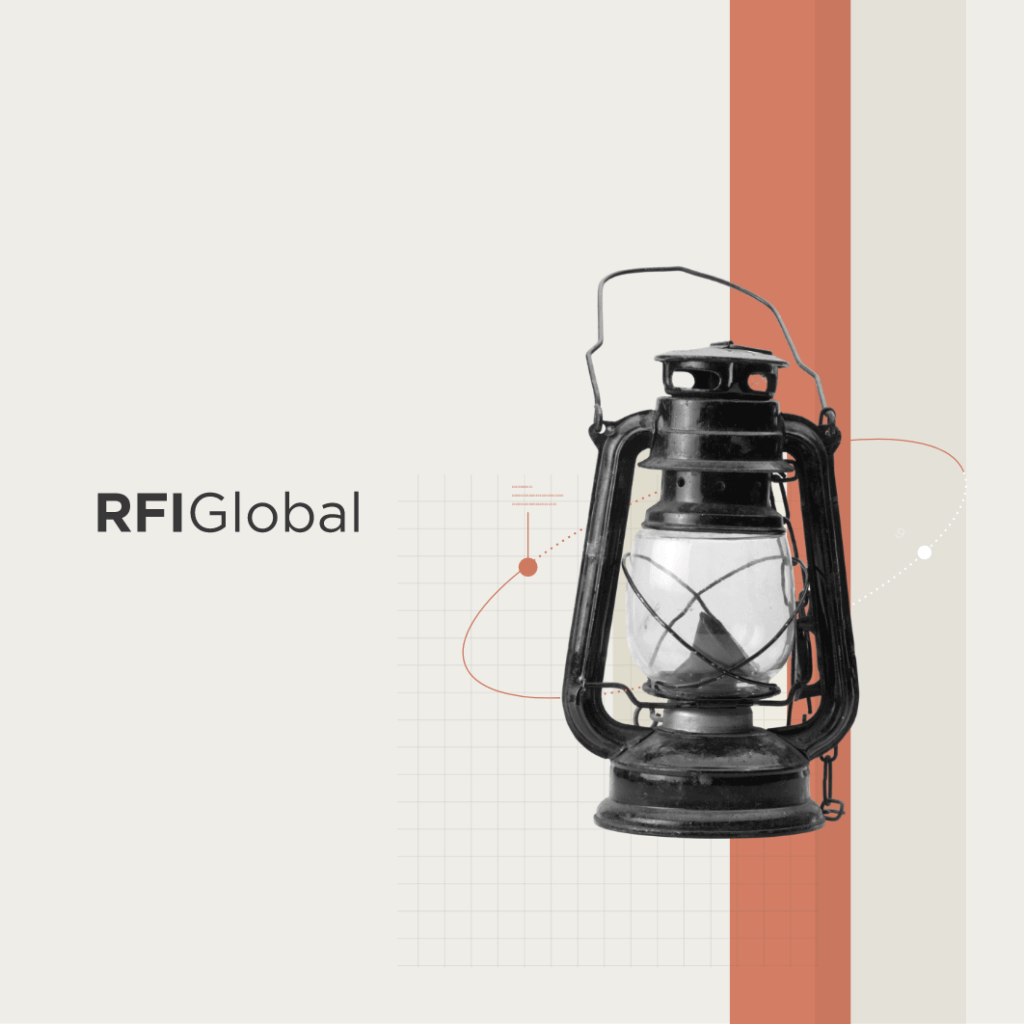
/NQA-ISO-27001-Logo-UKAS.jpg)